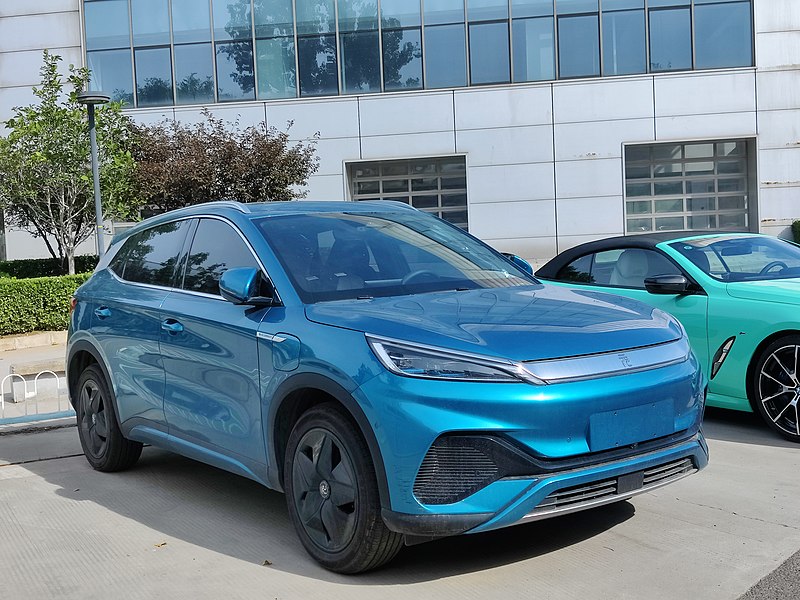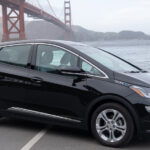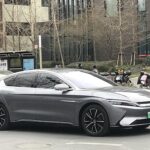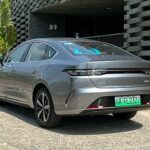Are Chinese Electric Vehicle Subsidies Generous? A Comparative Analysis
Introduction:
China has long been at the forefront of the electric vehicle (EV) industry, but the scale and generosity of its subsidies have often been a topic of debate. While China initiated EV subsidies earlier than many other countries, a closer look reveals that the extent of these incentives lags behind that of Europe and the United States.
China’s Subsidy Timeline:
According to the European Union’s “Foreign Subsidies Regulation,” investigations into Chinese EV subsidies can be traced back to 2018. Since then, China’s EV subsidies have been on a gradual decline. In 2018, a significant turning point marked a reduction in subsidies per vehicle. The threshold for subsidies was raised from a 100-kilometer range to 150 kilometers, resulting in a substantial reduction in subsidies for lower-range vehicles, albeit with slight increases for models exceeding 400 kilometers.
From 2019 onwards, China initiated a comprehensive reduction of EV subsidies, with the maximum subsidy amount dropping from ¥50,000 to ¥25,000 and the minimum range requirement significantly increased to 250 kilometers or more. This swift subsidy reduction led to negative growth in China’s EV sales in 2019. From 2020 to 2022, China continued the trend with annual subsidy reductions of 30%, eventually phasing out subsidies entirely by January 1, 2023, retaining only the policy of exempting EVs from purchase taxes.
Comparative Analysis:
When compared to policies in Europe and the United States, China’s EV subsidies do not appear exceptionally generous. In the United States, for instance, the “Inflation Reduction Act” offers individual EV subsidies of up to $7,500 per vehicle. In preceding years, different states had significantly varying subsidy amounts, with California, in particular, offering subsidies exceeding $10,000 per vehicle when accounting for tax credits and cash rebates.
In Europe, several countries have also ramped up their support for EVs. Germany, for instance, provides individual subsidies of over €6,000 per EV, while France offers €5,000, and Italy provides €3,000 (with an additional €2,000 for old car replacement). Though comprehensive subsidy totals for the EU are not yet available, the German government alone distributed €3.4 billion in subsidies for EVs in 2021 and 2022.
Over the years, China’s total subsidies for EVs, including both central and local government support, amounted to approximately ¥200-250 billion over a 13-year period, according to data from the Ministry of Industry and Information Technology (MIIT). In contrast, the “Inflation Reduction Act” in the United States earmarks over $300 billion for subsidies for new energy vehicles.
Understanding China’s Advantage:
China’s perceived advantage in EV subsidies stems from the early implementation of these policies, enabling domestic automakers to capture a significant share of the market. Furthermore, China frequently adjusted its subsidy criteria, encouraging automakers to develop more competitive products. By prioritizing product quality, Chinese automakers secured a competitive edge.
In contrast, decision-making processes in Europe and the United States are often slower, with high legislative costs, resulting in delayed subsidy implementation. As a result, China’s EV market has matured, gaining product and cost advantages over its Western counterparts.
Impact on Chinese Automakers:
While the recent anti-subsidy investigation initiated by the European Union may have some impact on Chinese automakers in the European market over the next few years, their reliance on this market is relatively low. Even if the investigation yields a positive conclusion, it is unlikely to significantly affect the financial performance of Chinese automakers. Instead, it may slow down their expansion into the European market.
In conclusion, while China has been a pioneer in EV subsidies, both in terms of timing and scope, a comparative analysis reveals that its subsidies, whether on a per-vehicle basis or in total subsidy amount, do not outshine those of Europe and the United States. China’s advantage in the EV industry today is rooted in its early adoption of policies and market development, rather than the sheer scale of subsidies. As the global EV landscape continues to evolve, speed and innovation will be key, and European automakers must accelerate their efforts to compete effectively in this dynamic market. As Renault CEO Luca de Meo noted during the Munich Motor Show, Chinese EV manufacturers are a generation ahead, underscoring the need for Europe to catch up in the electric vehicle race.








